SNVAA30 December 2021 LM5170-Q1
3 Experimental verification
The buck converter operation is verified by Texas Instruments LM5170EVM-BIDR evaluation module, as shown in Figure 3-1. The board is modified according to Figure 2-1 to implement the battery equalizer.
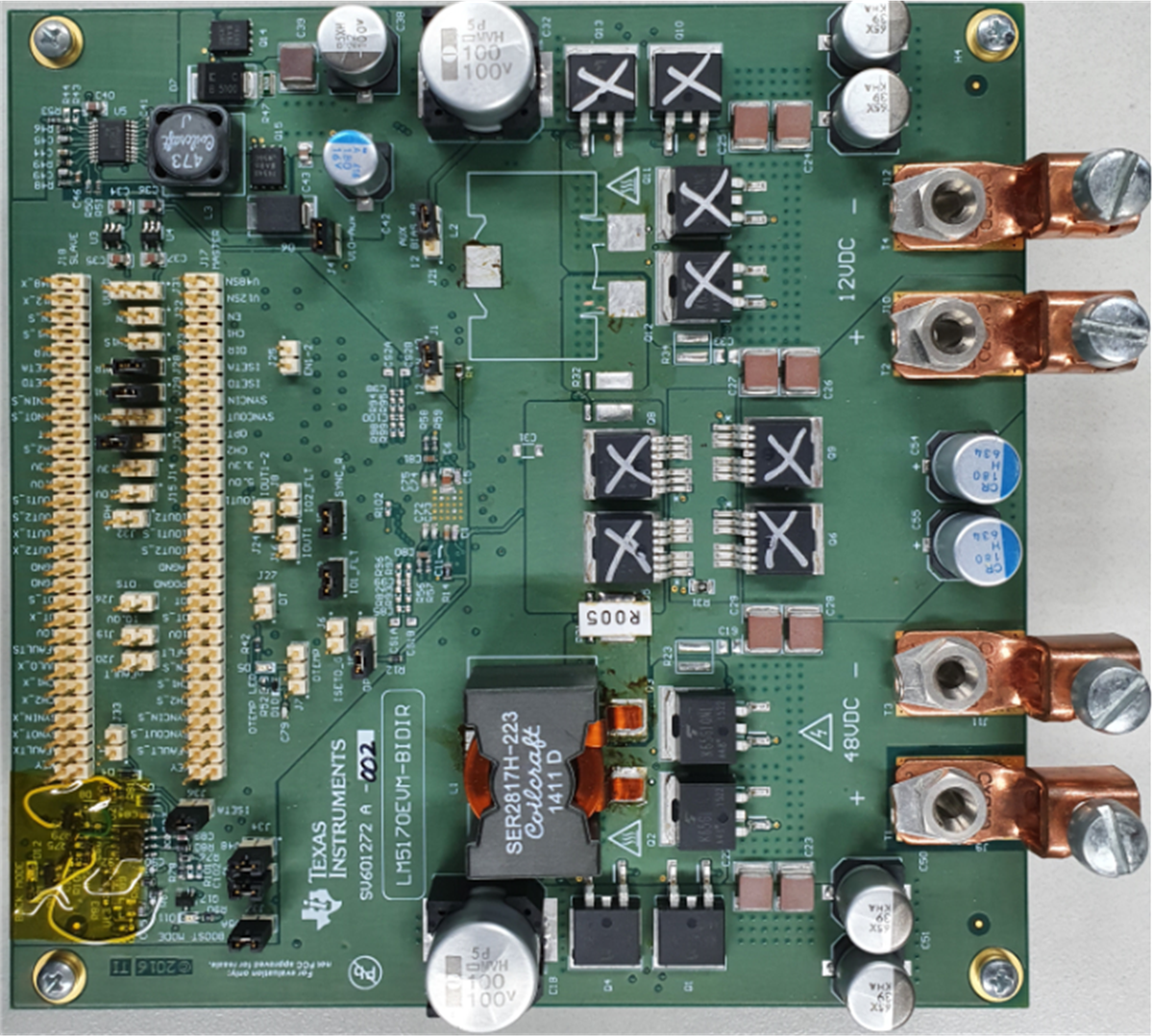 Figure 3-1 Test Board (Texas Instruments
LM5170EVM-BIDIR Modified)
Figure 3-1 Test Board (Texas Instruments
LM5170EVM-BIDIR Modified)Figure 3-2 shows the measured buck converter efficiency versus output current.
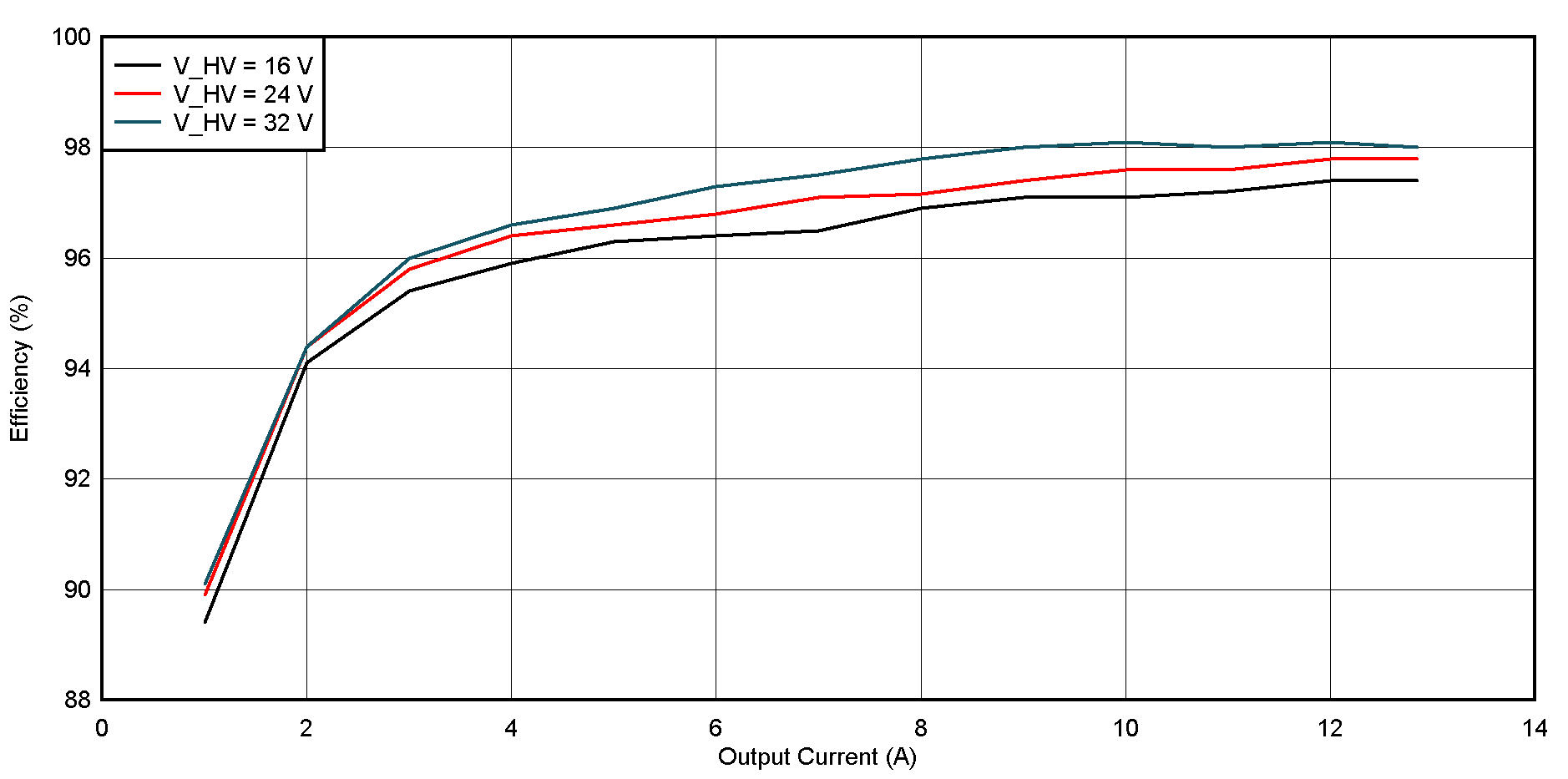 Figure 3-2 Buck Converter
Efficiency
Figure 3-2 Buck Converter
EfficiencyDuring constant voltage mode of battery equalizer, buck converter should keep constant ratio between input voltage and output voltage. Figure 3-3 shows transition of VLV depending on VHV (VHV = 2 × VLV).
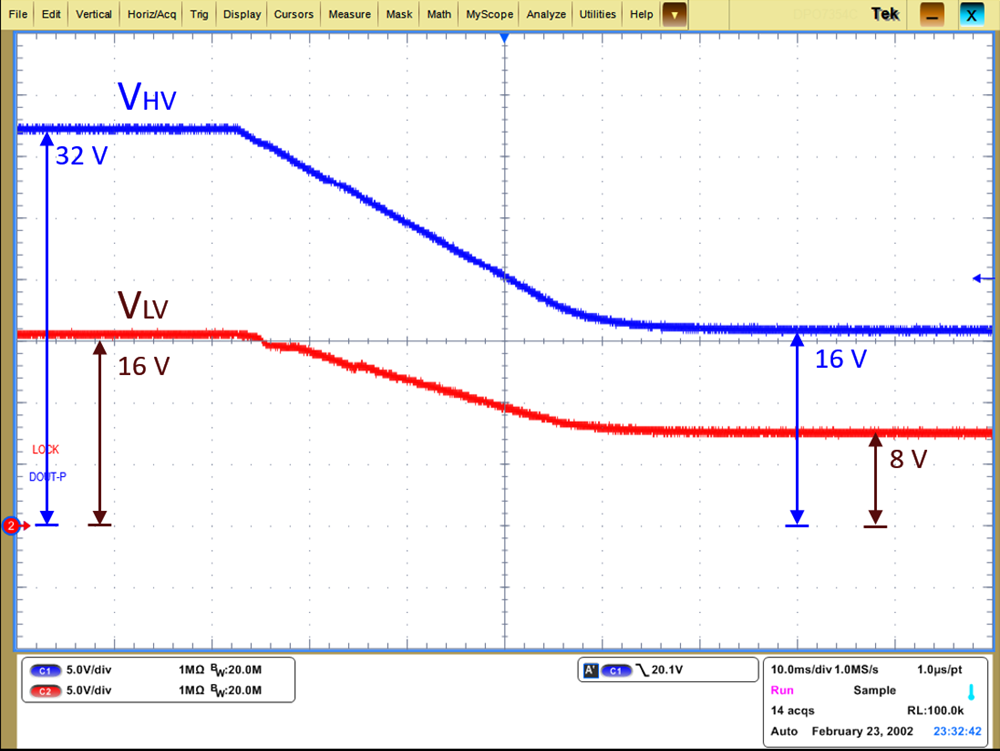 Figure 3-3 Input Voltage and Output
Voltage Waveform in Constant Voltage Mode
Figure 3-3 Input Voltage and Output
Voltage Waveform in Constant Voltage ModeDuring constant current mode of battery equalizer, the buck converter keeps the maximum output current. As shown in Figure 3-4, the output current (Iout) is maintained at 13 A (Imax) approximately. LM5170-Q1 IOUT pin is used to measure output current.
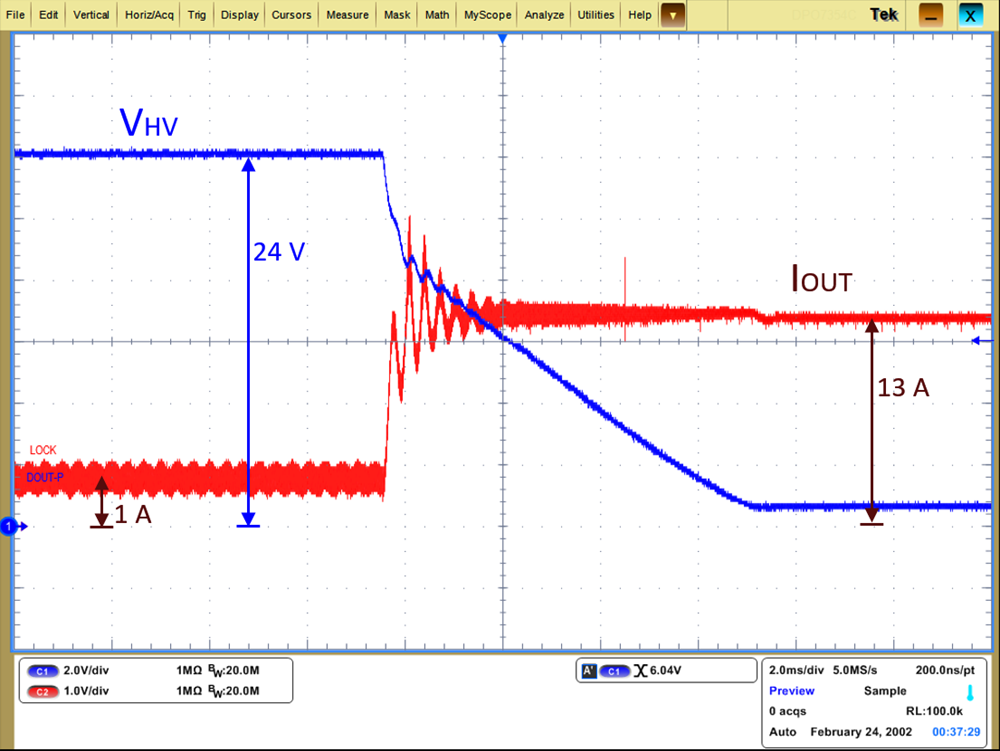 Figure 3-4 Input Voltage and Output
Current Waveform in Constant Current Mode
Figure 3-4 Input Voltage and Output
Current Waveform in Constant Current Mode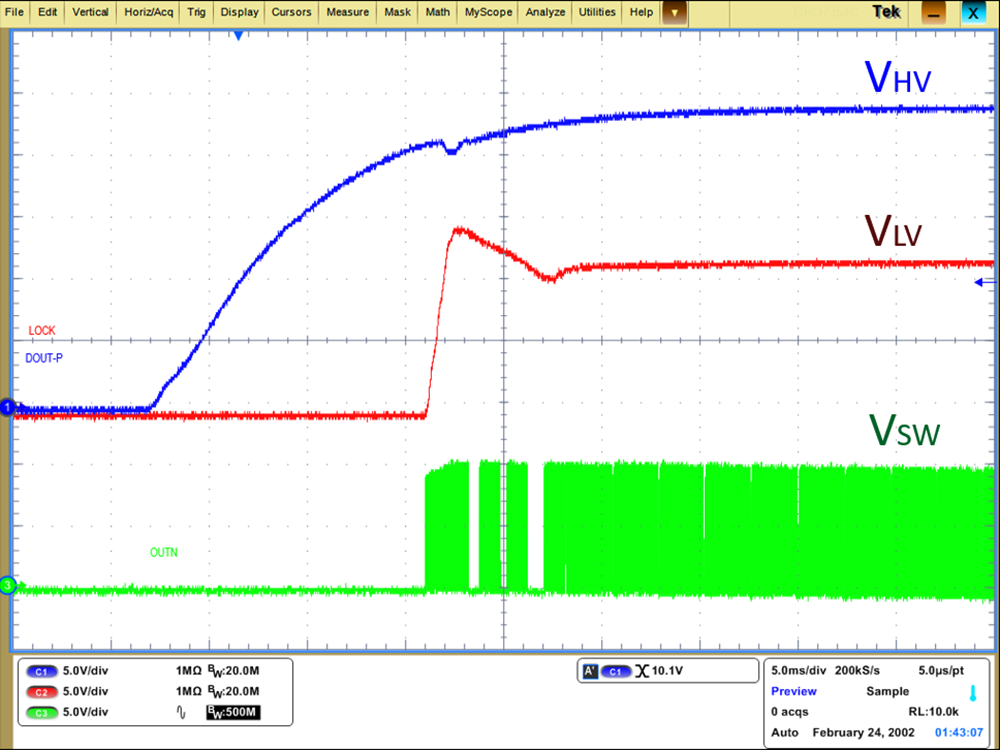 Figure 3-5 Start-up Sequence of Buck
Converter
Figure 3-5 Start-up Sequence of Buck
Converter